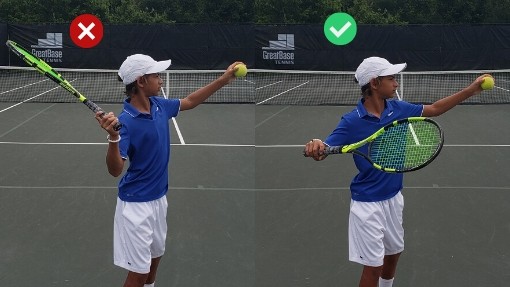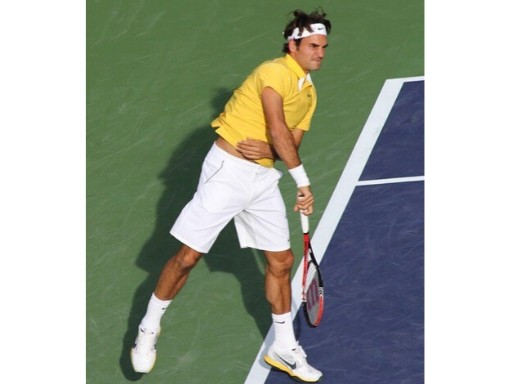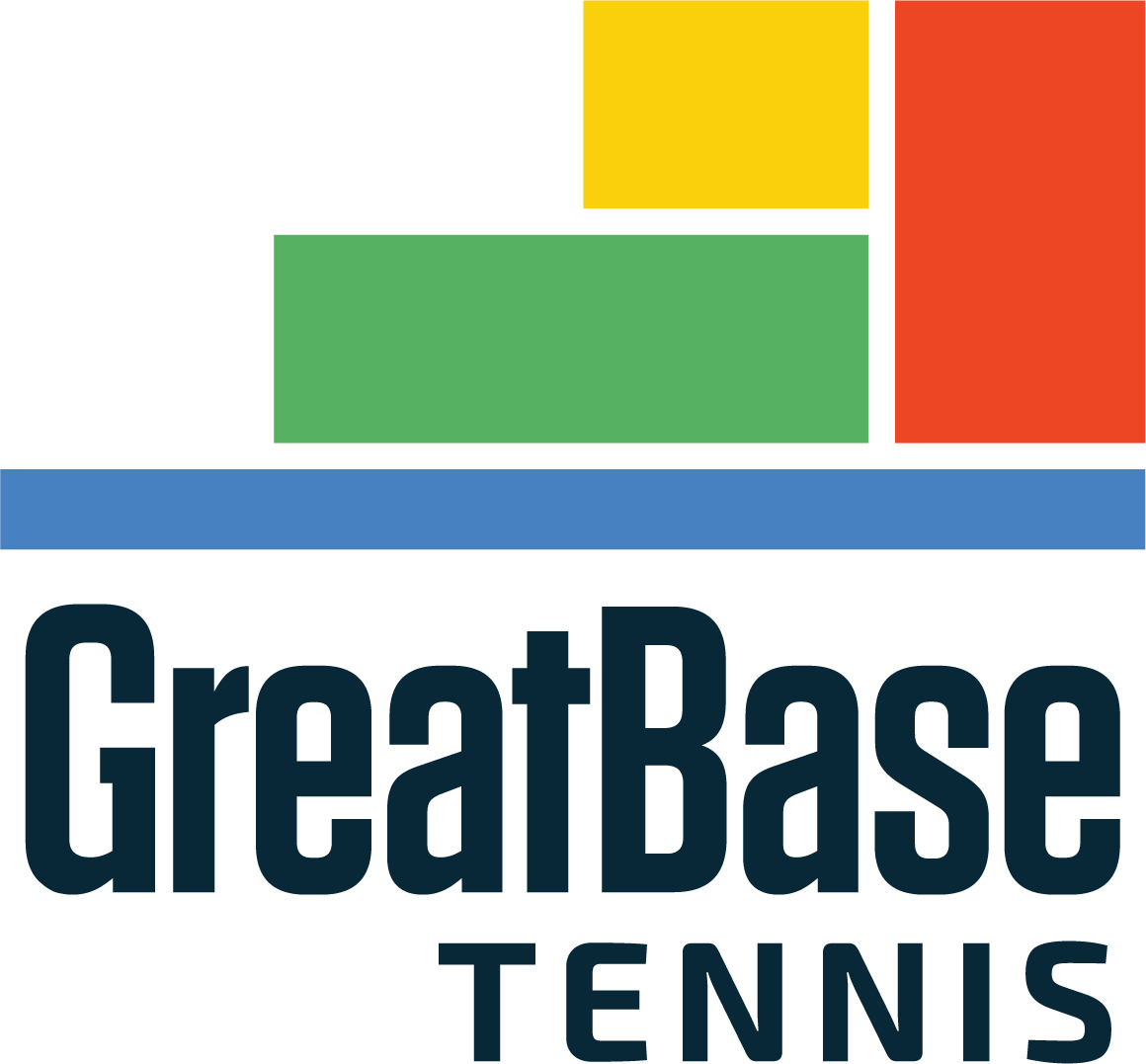Dear Tennis Parents,
Are you going down the junior tennis path for the first time? If so, there are a few preliminaries you need to know. One of the most important has to do with the serve, and for your child to survive and thrive in junior tennis, this is something that you can help control. In short, don’t be a “victim” and place the blame on the tennis pro for this one.
Every little kid—yes, every kid—will start by serving “palm up.” This is not initially due to poor instruction; it is a logical and intelligent process simply because from the baseline, kids see their target, the service box, through the net and straight ahead. As a result, the racquet face goes up in the “pizza position,” like they are carrying a tray. In this position, the youngster then pulls down.
What needs to happen is that the racquet should be in the “palm down” or “salute position,” where the racquet faces down so the racquet path can then twist up. When the racquet and body go up, the spin (topspin) goes down.

A palm-down serve is the equivalent of having a throwing motion like that of a baseball pitcher or football quarterback. As the shoulder goes forward, an equal and opposite reaction will make the elbow go back like the child is brushing her hair. Next, the racquet will bend between the head and elbow as if she is going to talk on the phone. Twisting the forearm up to the contact point like she is going to high-five a giant will create the pronation. Use those phrases—“brush your hair,” “talk on the phone,” and “high-five a giant”—to help your child remember what to do.
After contact, the racquet face will rotate out to the right and the racquet finishes by making a letter “X” near the hip pocket (right arm over left). In an ideal contact point, everything from the tip of th racquet to the toes will form a straight line leaning out into the court at a 45-degree angle in what is referred to as the “power line.” The contact point for the serve should be at the peak of your child’s reach, out to the right for right-hander.

Make sure your child, a bio-computer, is programmed from the get-go to have a palm-down serve, because the de-programing/re-programming process is a tough one. More than 85 percent of junior players have some version of “palm up,” and if they continue playing this way, they’ll realize that they can best experience tennis as a nice recreational sport.
But it’s those kids with “palm down” who will survive and will continue down the path to experience competitive success
Do you know someone who should read this article?
Please consider sharing now.


